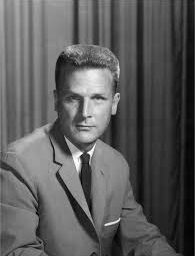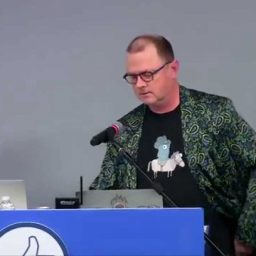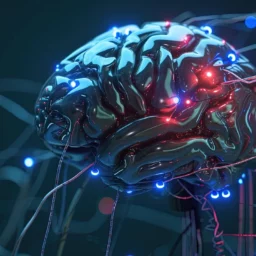What Does It Mean to Say That Go Is Garbage Collected?
Memory management is critical in any programming language. In traditional languages like C and C++, developers manually manage memory through the allocation and deallocation of resources. However, in modern programming languages like Go, memory management is automatically handled by a garbage collector (GC). This feature is one of Go’s greatest strengths, since it allows developers […]







